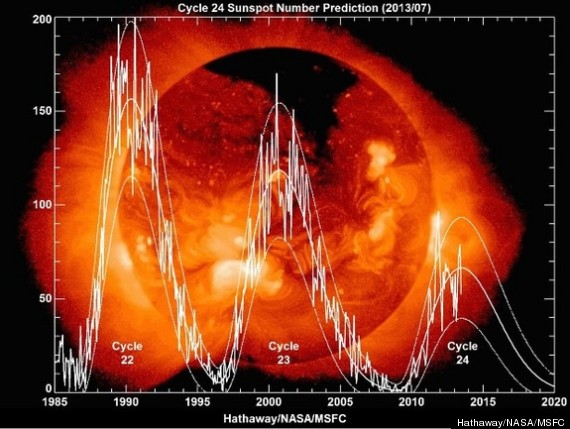This handy chart was developed by Gary, ZL2IFB. It is a very simple way of finding out what length of wire you need for your particular frequency. Thanks Gary!
| Band | CW | SSB | ¼ wave | ¼ – 5% | ¼ x 0.66 | ½ wave | ½ – 5% | ½ x 0.66 | Full wave | F – 5% | F + 10% | F x 0.66 |
| 160m | 1.825 | 41.07 | 39.01 | 27.38 | 82.13 | 78.03 | 54.76 | 164.27 | 156.06 | 180.70 | 109.51 | |
| 1.850 | 40.51 | 38.49 | 27.01 | 81.02 | 76.97 | 54.02 | 162.05 | 153.95 | 178.25 | 108.03 | ||
| 80m | 3.520 | 21.29 | 20.23 | 14.19 | 42.58 | 40.45 | 28.39 | 85.17 | 80.91 | 93.69 | 56.78 | |
| 3.800 | 19.72 | 18.74 | 13.15 | 39.45 | 37.47 | 26.30 | 78.89 | 74.95 | 86.78 | 52.60 | ||
| 40m | 7.025 | 10.67 | 10.14 | 7.11 | 21.34 | 20.27 | 14.23 | 42.68 | 40.54 | 46.94 | 28.45 | |
| 7.100 | 10.56 | 10.03 | 7.04 | 21.11 | 20.06 | 14.07 | 42.22 | 40.11 | 46.45 | 28.15 | ||
| 30m | 10.105 | 7.42 | 7.05 | 4.94 | 14.83 | 14.09 | 9.89 | 29.67 | 28.18 | 32.63 | 19.78 | |
| 20m | 14.020 | 5.35 | 5.08 | 3.56 | 10.69 | 10.16 | 7.13 | 21.38 | 20.31 | 23.52 | 14.26 | |
| 14.250 | 5.26 | 5.00 | 3.51 | 10.52 | 9.99 | 7.01 | 21.04 | 19.99 | 23.14 | 14.03 | ||
| 17m | 18.075 | 4.15 | 3.94 | 2.76 | 8.29 | 7.88 | 5.53 | 16.59 | 15.76 | 18.24 | 11.06 | |
| 18.120 | 4.14 | 3.93 | 2.76 | 8.27 | 7.86 | 5.51 | 16.54 | 15.72 | 18.20 | 11.03 | ||
| 15m | 21.020 | 3.57 | 3.39 | 2.38 | 7.13 | 6.77 | 4.75 | 14.26 | 13.55 | 15.69 | 9.51 | |
| 21.250 | 3.53 | 3.35 | 2.35 | 7.05 | 6.70 | 4.70 | 14.11 | 13.40 | 15.52 | 9.41 | ||
| 12m | 24.900 | 3.01 | 2.86 | 2.01 | 6.02 | 5.72 | 4.01 | 12.04 | 11.44 | 13.24 | 8.03 | |
| 24.950 | 3.00 | 2.85 | 2.00 | 6.01 | 5.71 | 4.01 | 12.02 | 11.41 | 13.22 | 8.01 | ||
| 10m | 28.025 | 2.67 | 2.54 | 1.78 | 5.35 | 5.08 | 3.57 | 10.70 | 10.16 | 11.77 | 7.13 | |
| 28.500 | 2.63 | 2.50 | 1.75 | 5.26 | 5.00 | 3.51 | 10.52 | 9.99 | 11.57 | 7.01 | ||
| 6m | 50.100 | 1.50 | 1.42 | 1.00 | 2.99 | 2.84 | 1.99 | 5.98 | 5.68 | 6.58 | 3.99 | |
| 52.050 | 1.44 | 1.37 | 0.96 | 2.88 | 2.74 | 1.92 | 5.76 | 5.47 | 6.34 | 3.84 |
Where a full wave in metres = frequency in Hz divided by the speed of light (299,792,458 m/s)
Reduce dipoles by ~5% for end effects. Add 5-10% to full wave loops. Trim all antennas to resonance.
Lose one third physical length for velocity factor of typical coax. 73 de ZL2iFB

